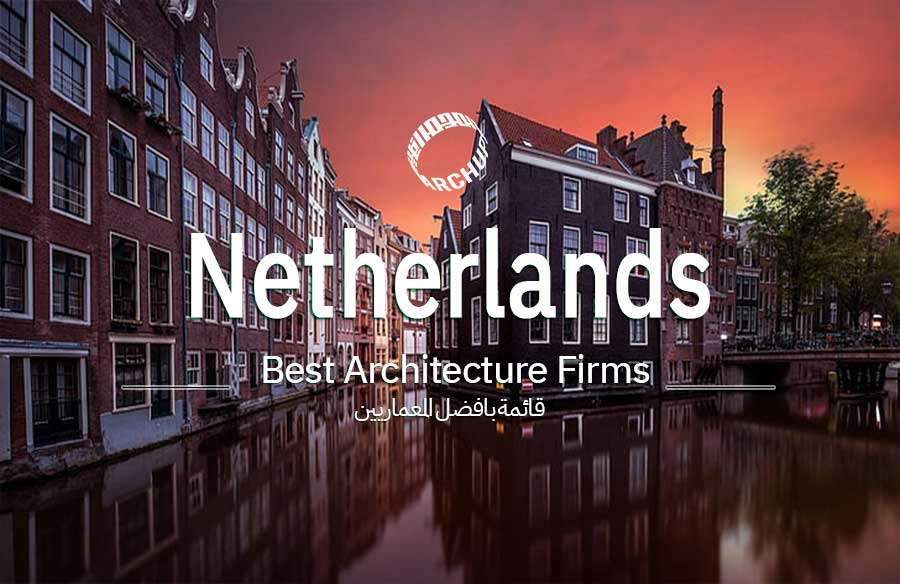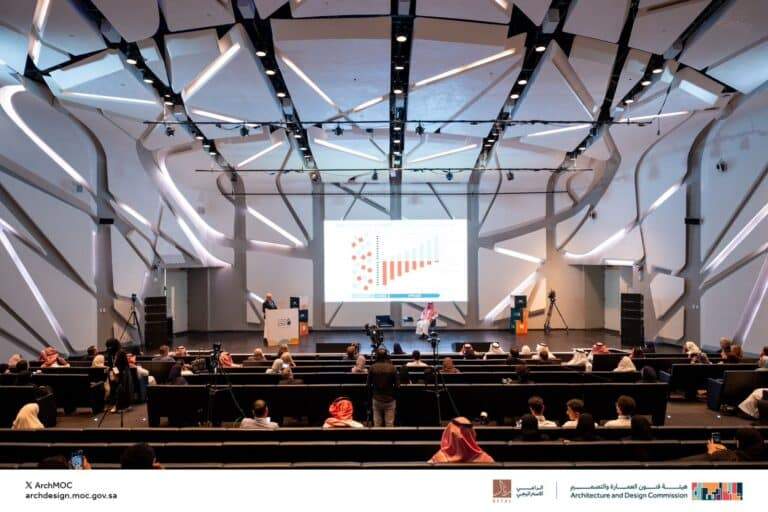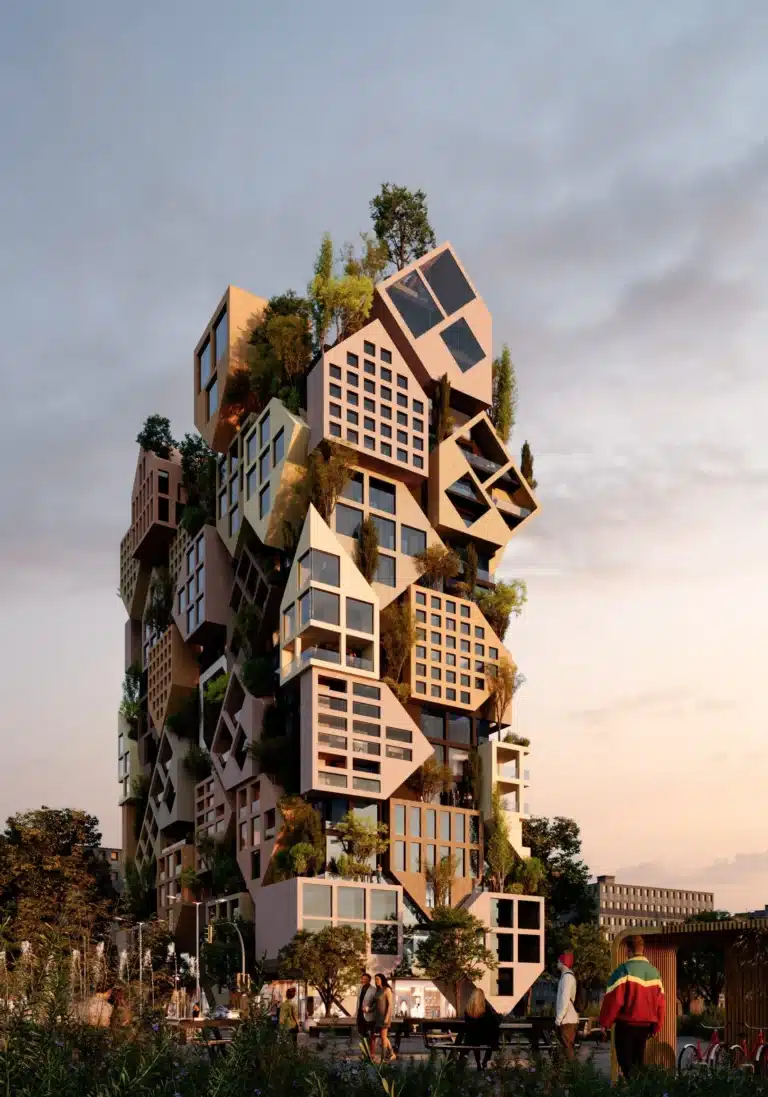The Top 5 Retrofit Techniques for Green Buildings
Buildings’ effects on the environment are more obvious. Numerous businesses see the need for sustainable development and green buildings as a part of their duty to do more than just what’s best for the bottom line. Commercial buildings that use green or sustainable techniques tend to operate and maintain themselves in healthier and more resource-conserving ways.
Undoubtedly, a structure need not be brand-new to be effective. The number of operational buildings is far greater than the number of new development projects. Therefore, compared to just concentrating on green design and construction techniques, retrofits for existing buildings have the potential to have a far greater environmental impact.
Retrofitting a building with green features has proven benefits at a low cost. Although they might not produce the attention-grabbing headlines associated with trophy construction projects, their widespread influence across the building environment has elevated building sustainability in the public’s perception. Green business practices should result in a noticeable change in daily corporate responsibility rather than just being an event.
Leading building owners of today are aggressively pursuing green building retrofits as the foundation for future sustainability models. More than specific vertical goods, horizontal platform approaches have stimulated investment in technology bundles that work together to provide deeper efficiencies through an all-encompassing strategy.
Here are the top 5 retrofit techniques that can help you transition to environmentally friendly construction approaches.
Real-Time Monitoring of Energy Use
Any proposal for green building is built on the well-known idea of energy efficiency. There are far too many existing structures that offer scant or no visibility into the current energy usage of various building components. It seems ridiculous to manage energy consumption retroactively based on a monthly power bill in the current environment where real-time goods and services are the norms. The entire CRE sector supports energy efficiency; they only lack the resources to put that belief into practice.
Efficiency of Water
Another guiding element for green buildings is water efficiency. This is a non-negotiable problem due to geographic locations that experience severe water shortages. Many different approaches can be used to manage end-use water use.
Ongoing HVAC commissioning
Regular maintenance on HVAC equipment does not often entail re-commissioning the HVAC system. The HVAC system’s performance will deteriorate with time. Inadequate maintenance or modifications in the use of a building may be the cause of the consequent inefficiencies. Building spaces that were formerly comfortable may become inadequately or excessively cooled or heated, causing complaints from occupants. Without a doubt, in such a situation, energy efficiency would decrease.
Installation of a green roof
Specialized roofing systems known as “green roofs” allow for the growth of vegetation on rooftops, such as grass, plants, flowers, bushes, and other types of greenery (see Example to the right). The use of green roof technology in urban areas can have several advantages. For instance, a green roof can minimize a building’s cooling and heating energy requirements as well as the urban heat island effect that the building contributes to. Due to their lightweight, low cost, and low maintenance requirements, extensive green roof systems have become more and more popular. With ease, green roofs satisfy the “Green” requirement for sustainable construction.
Air Quality Indoors
IAQ has solidified itself as one of the main worries for contemporary tenants. Buildings and IAQ are inextricably linked by concerns about occupant health and productivity. People spend 90% of their time indoors, where the air is more polluted than outdoors, according to the US Environmental Protection Agency. All parties involved in a building will be supportive of any “Green” approach that reduces pollution in the air indoors.
More on INJ Architects:





